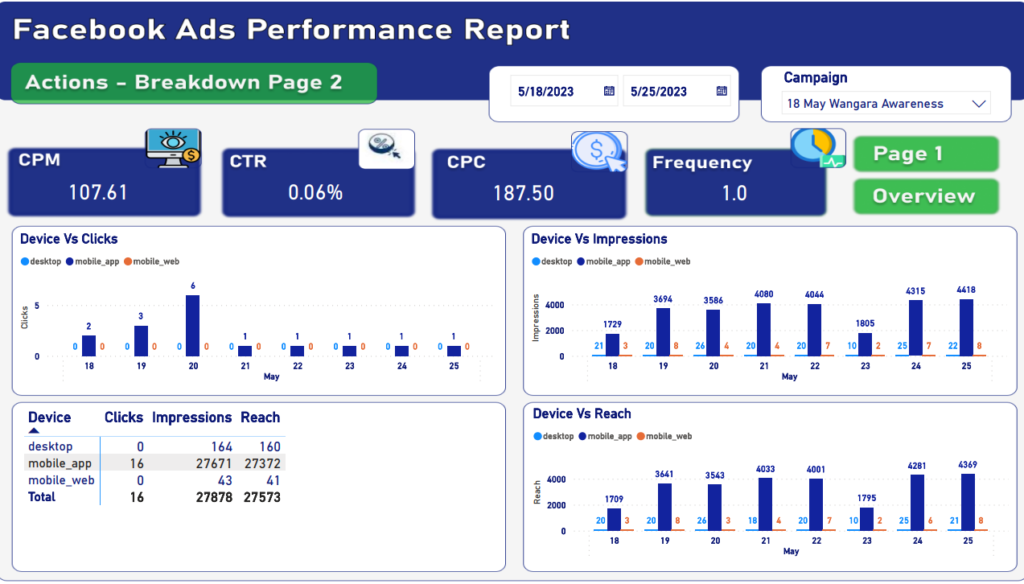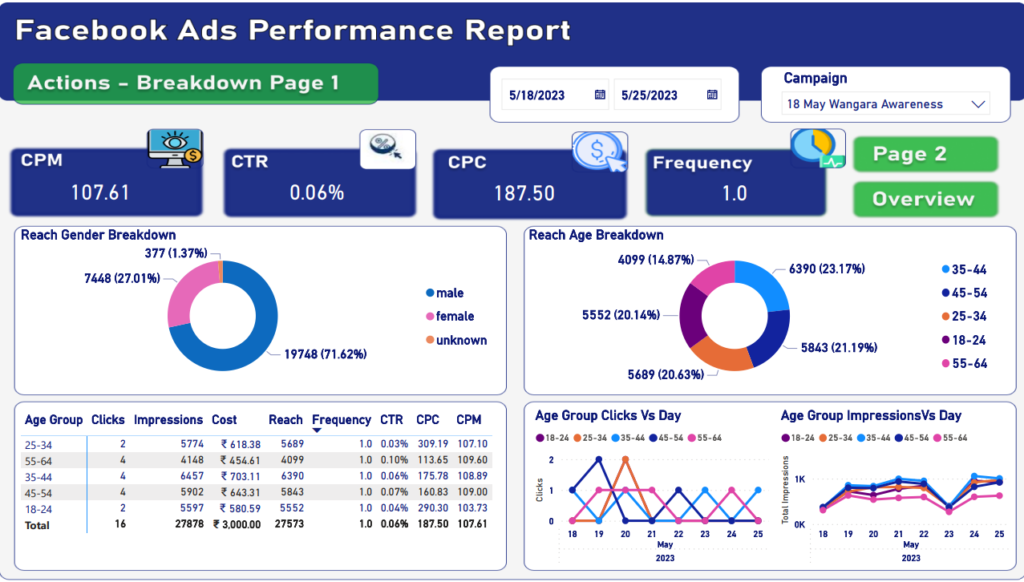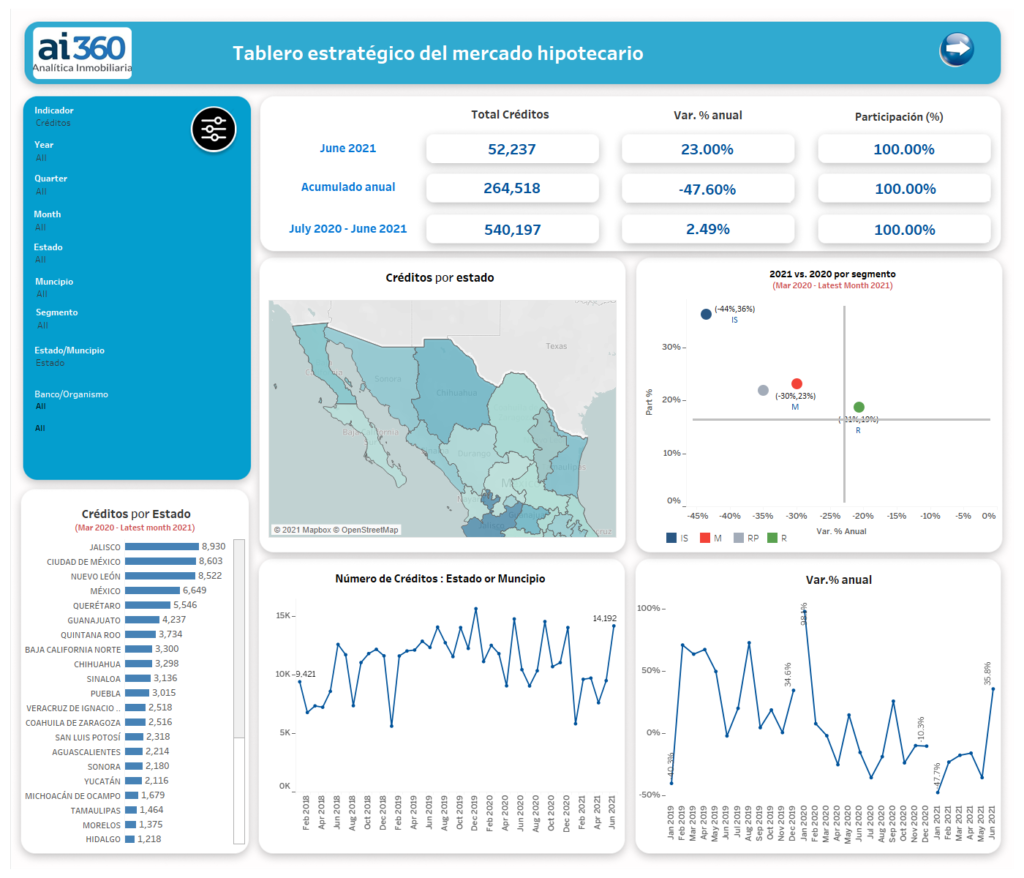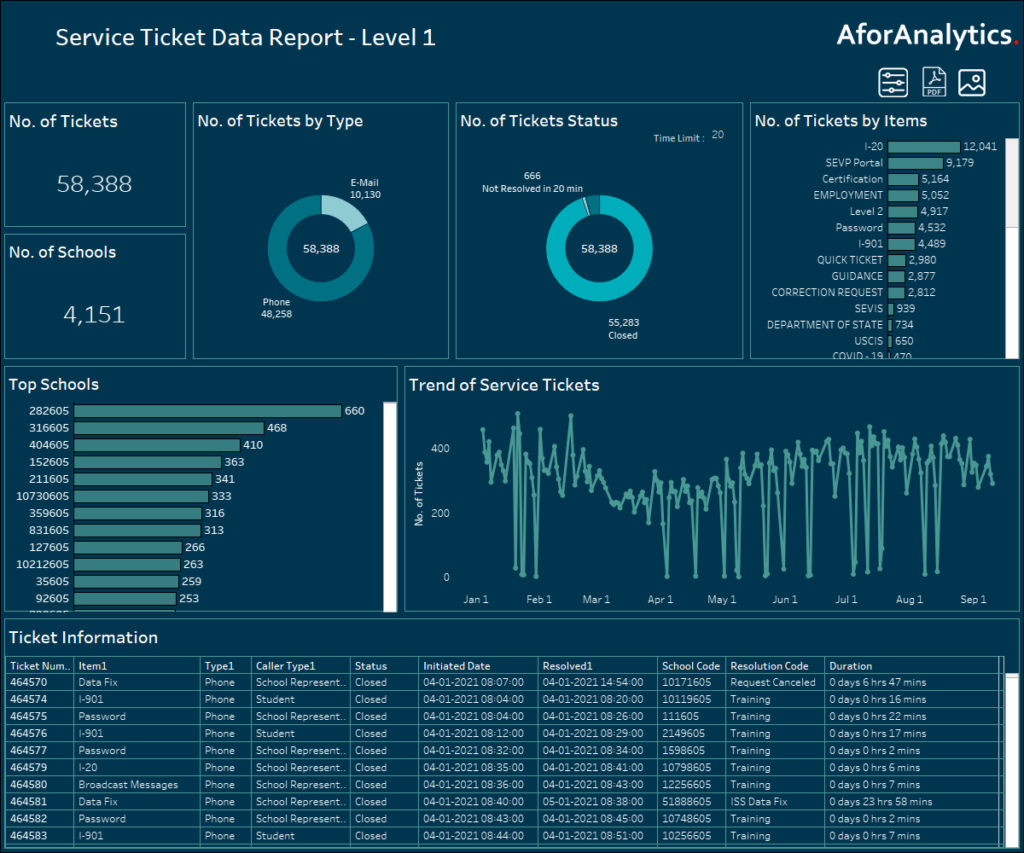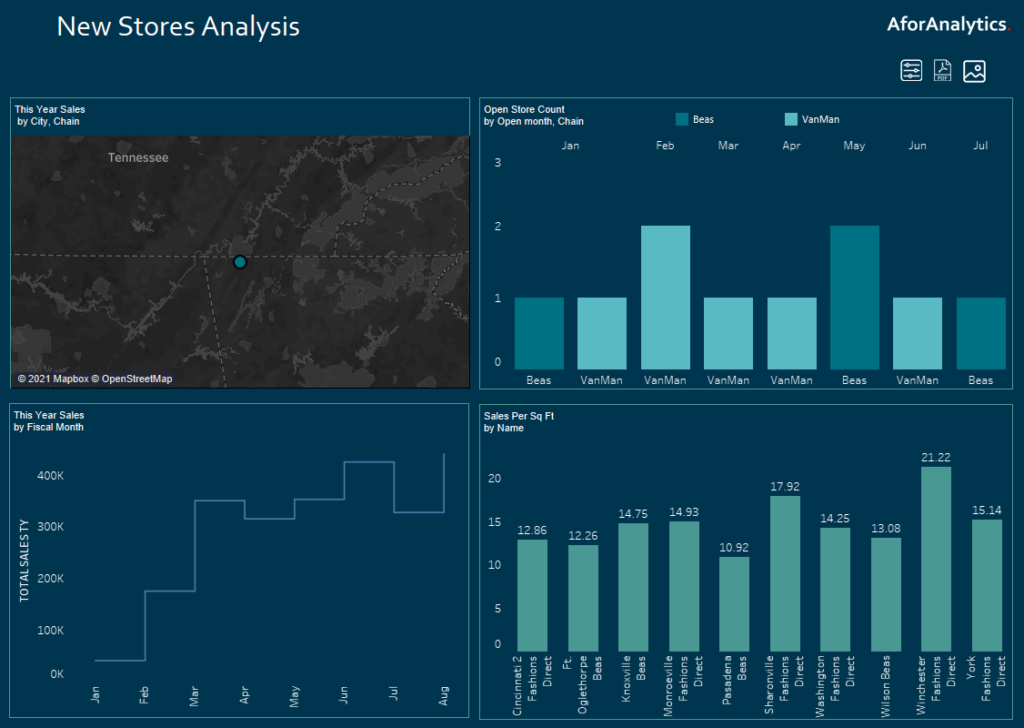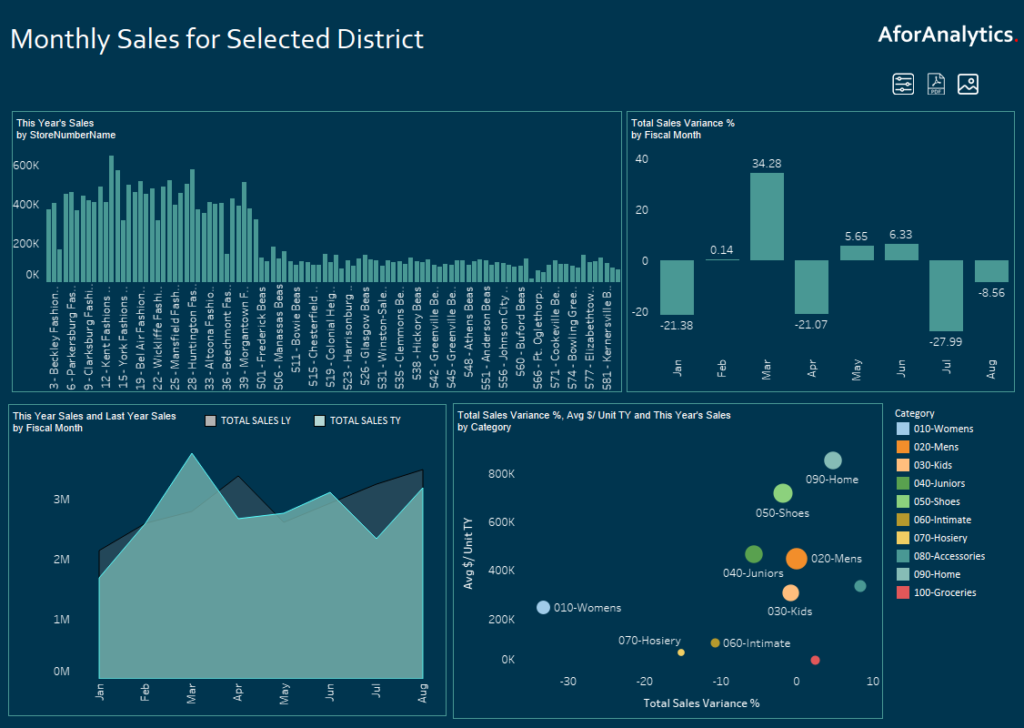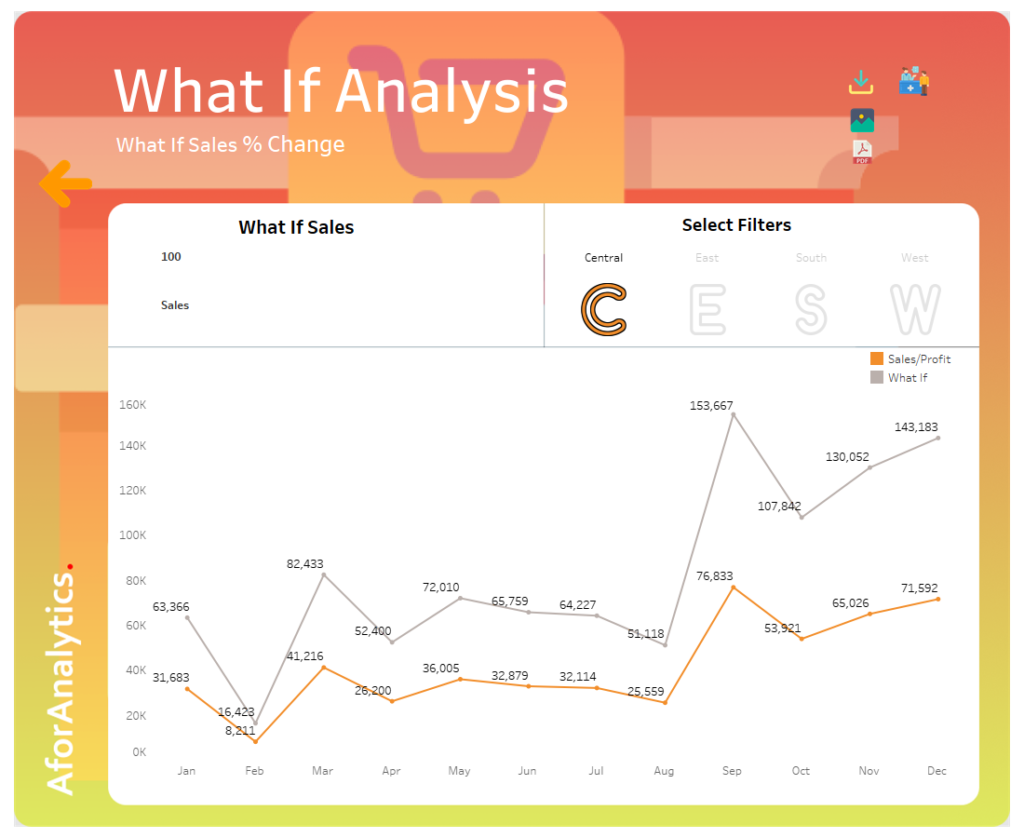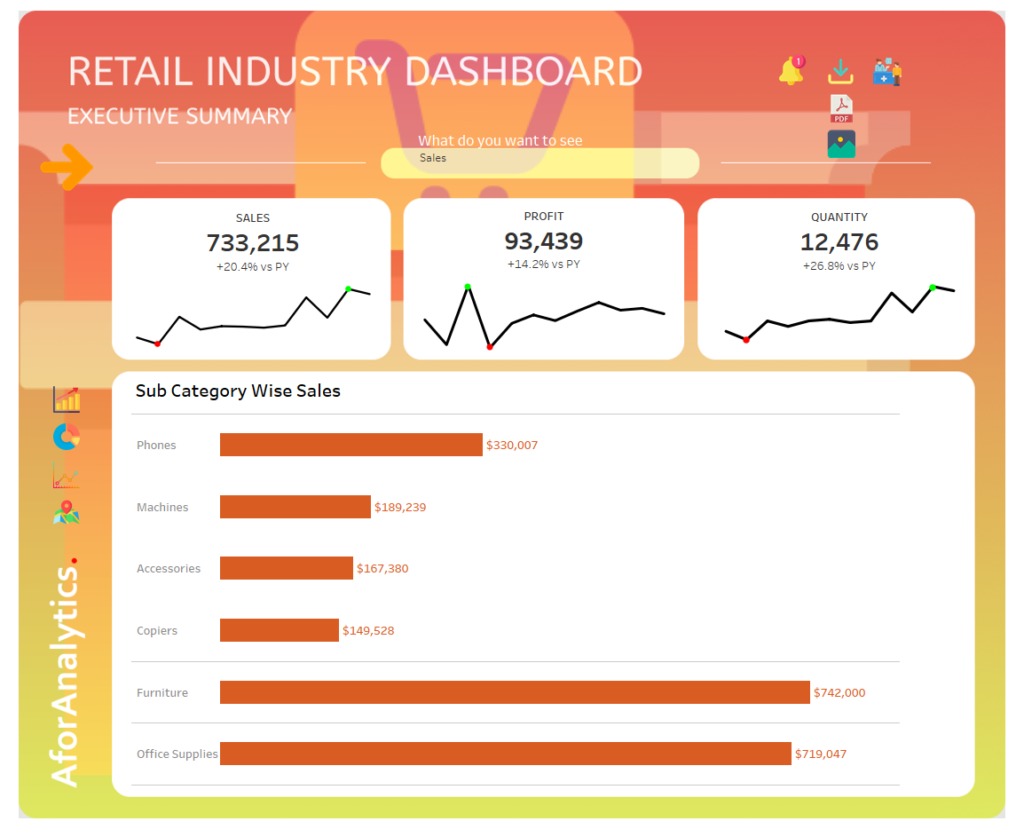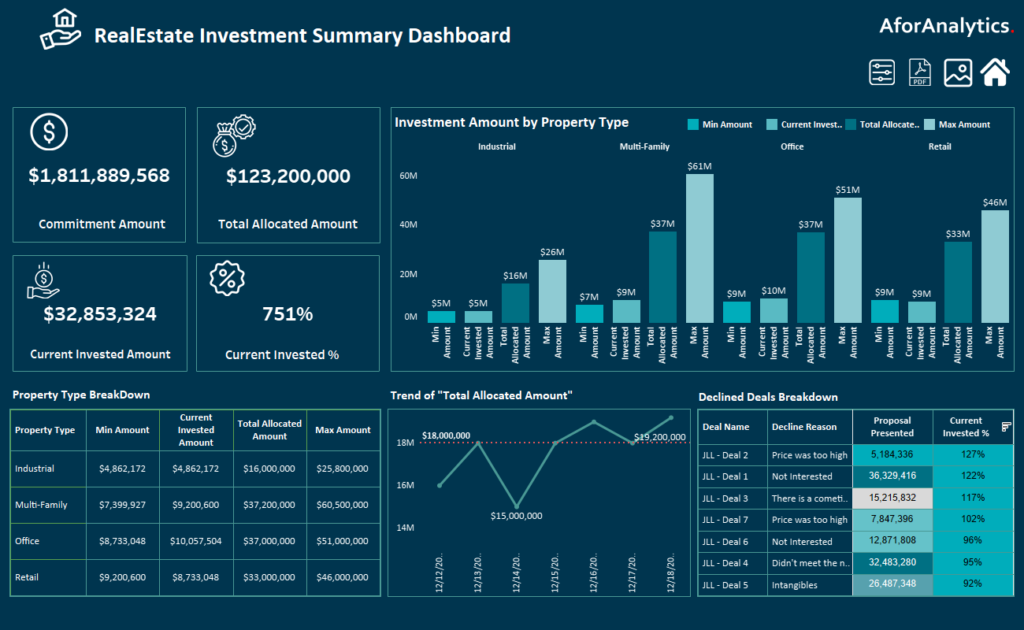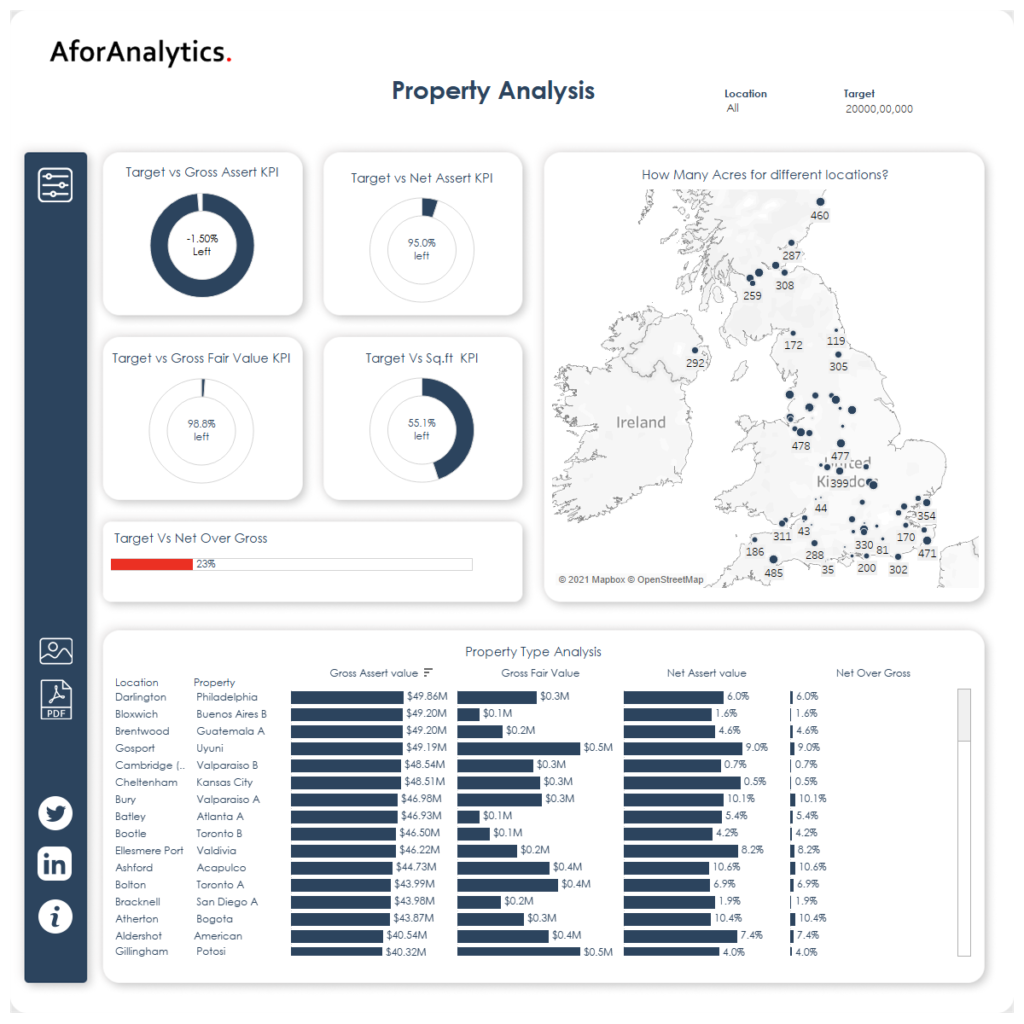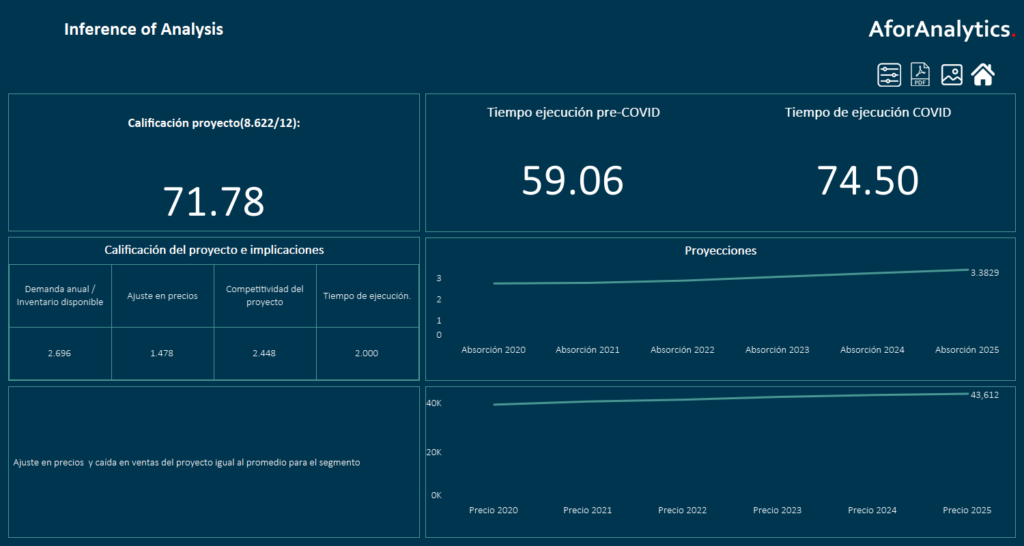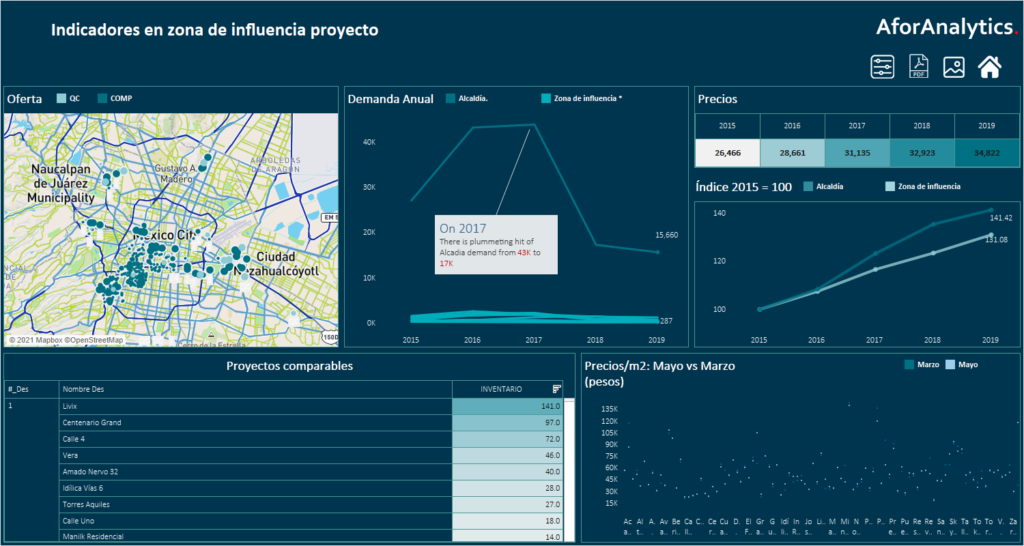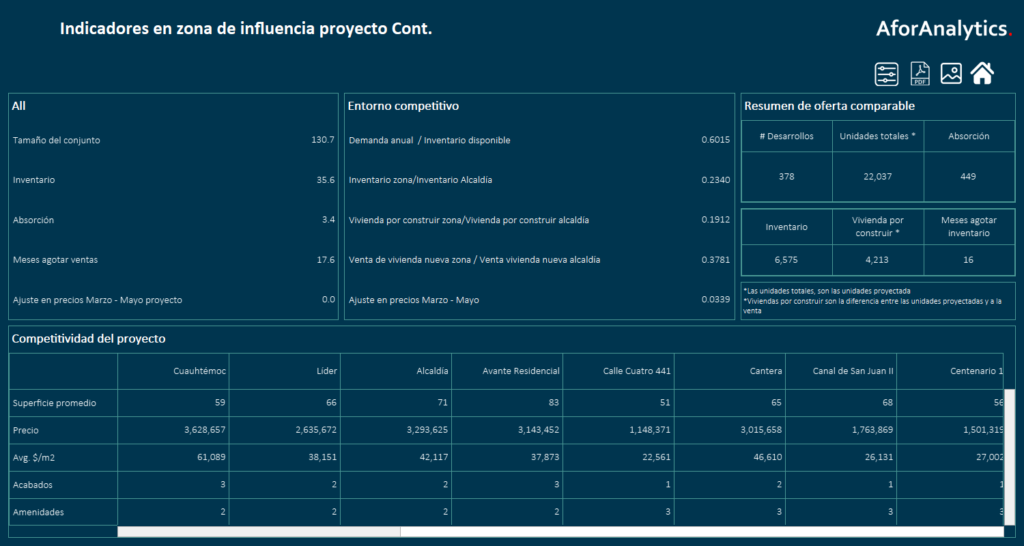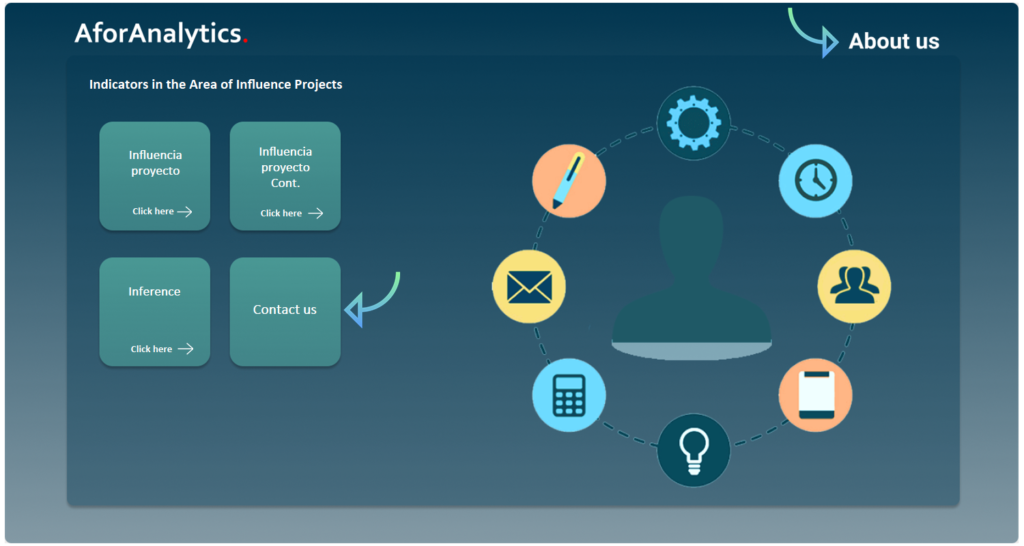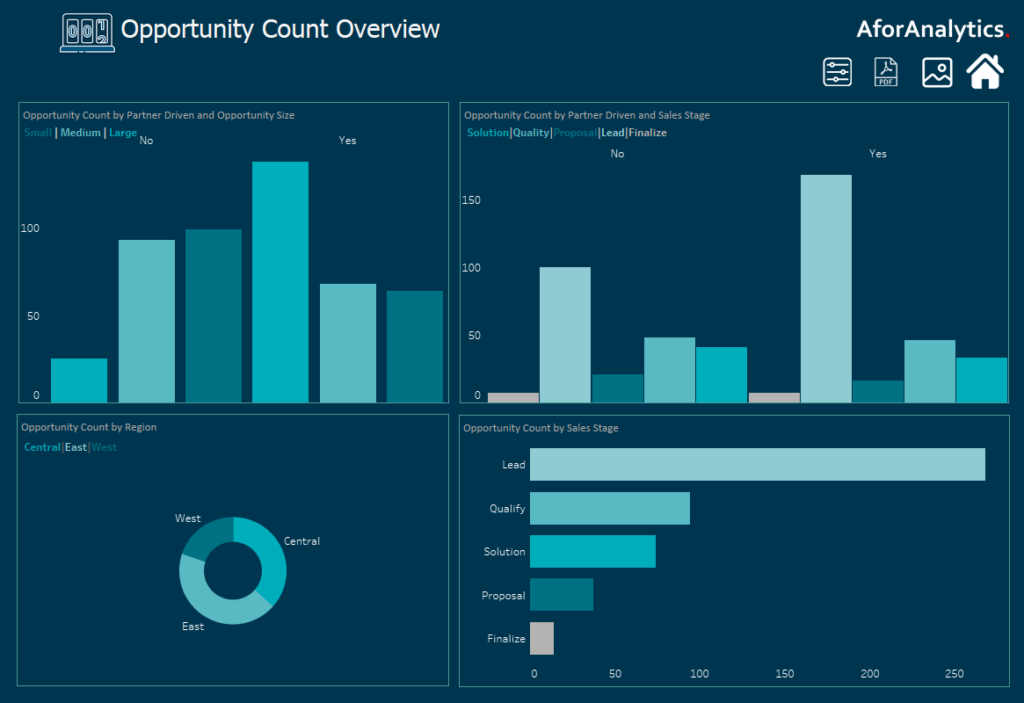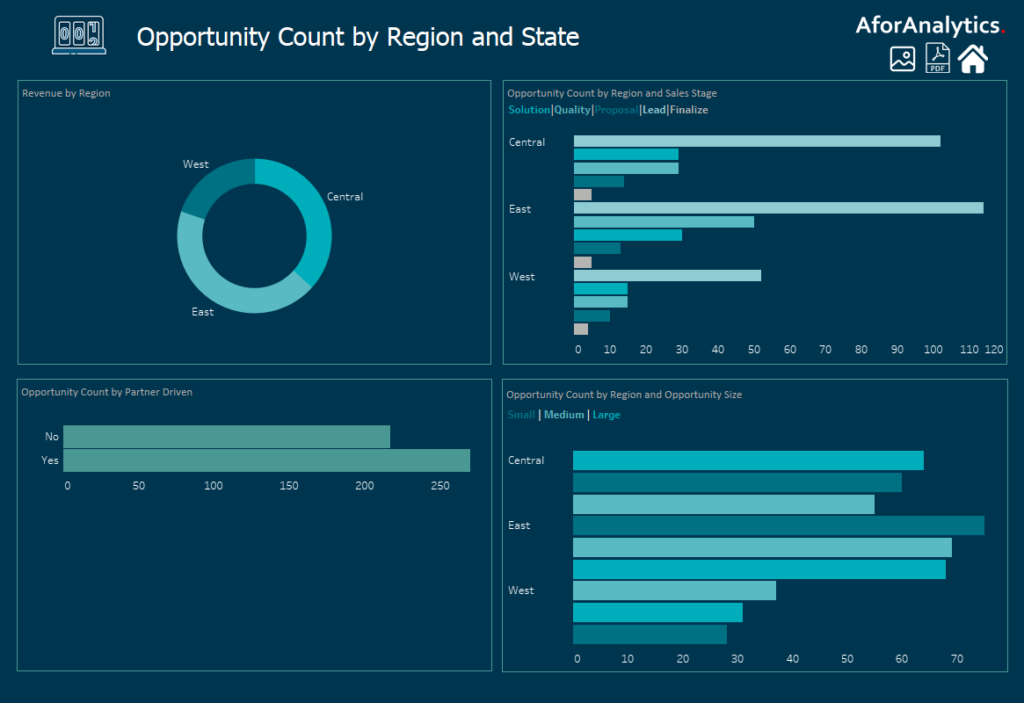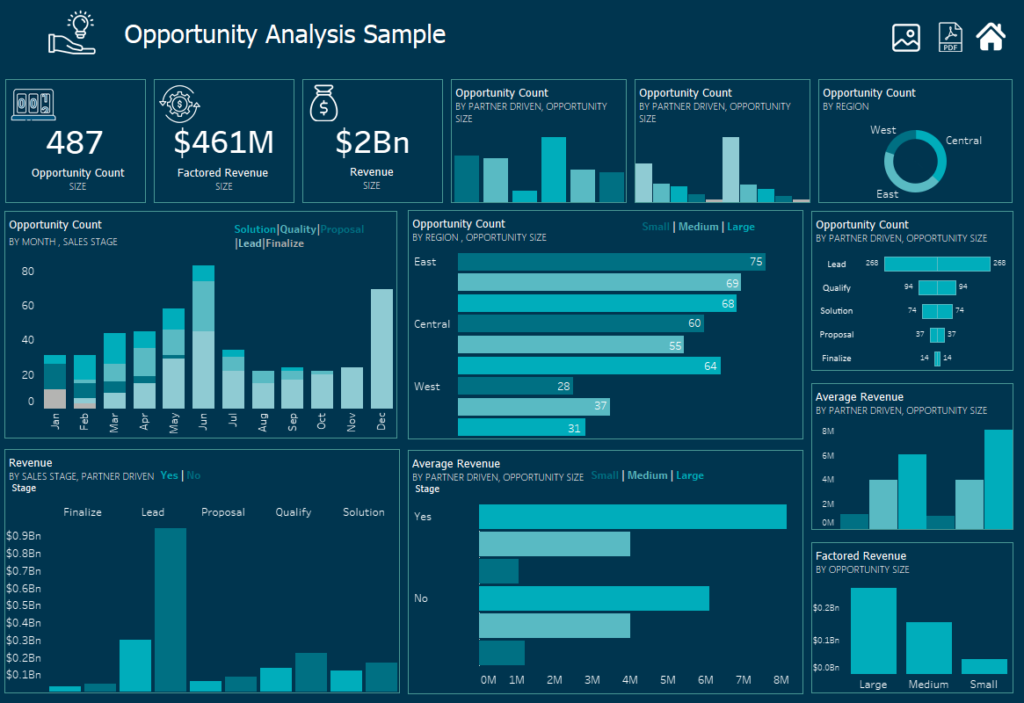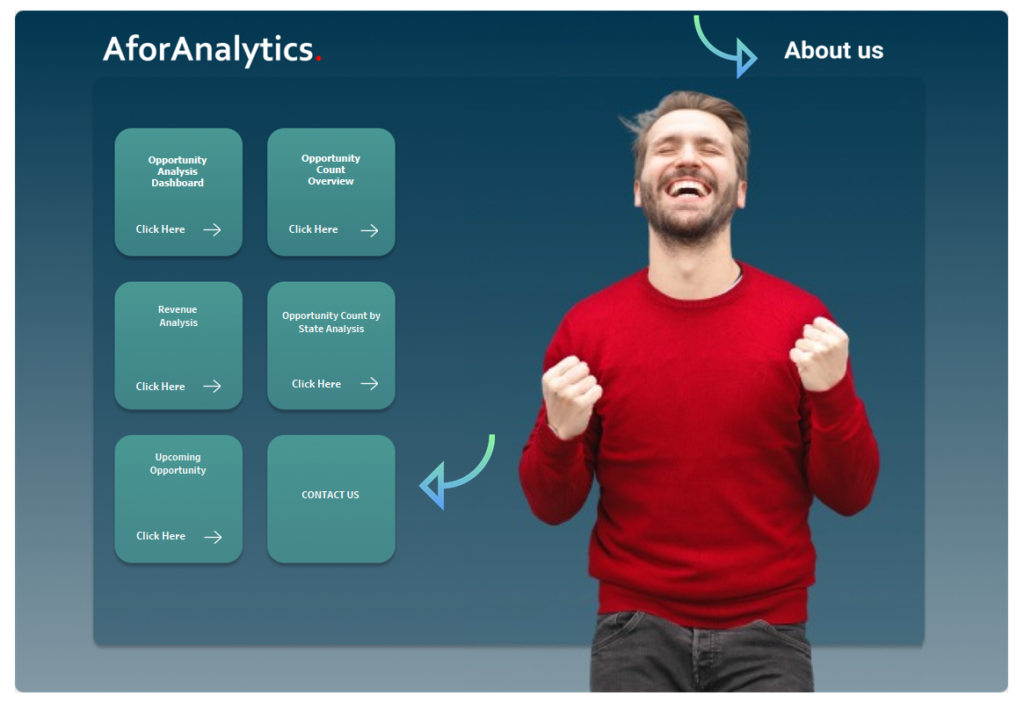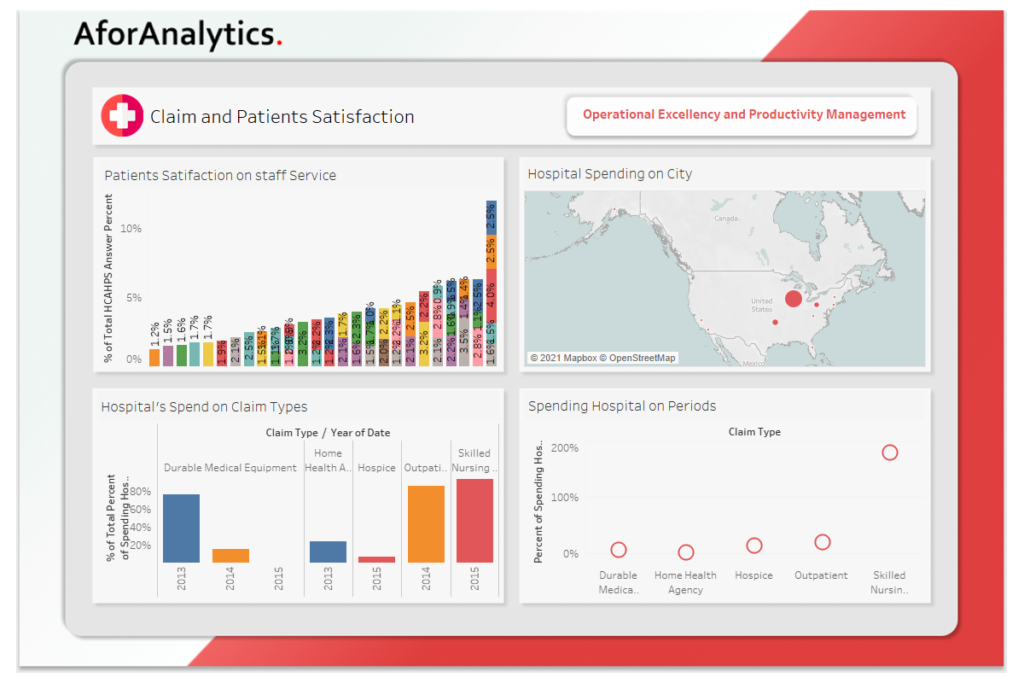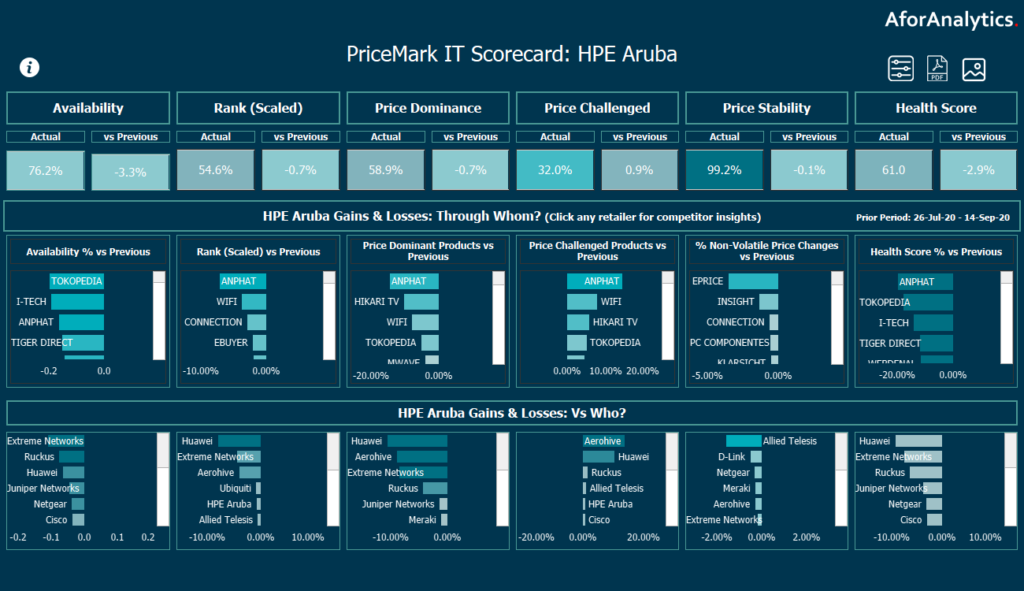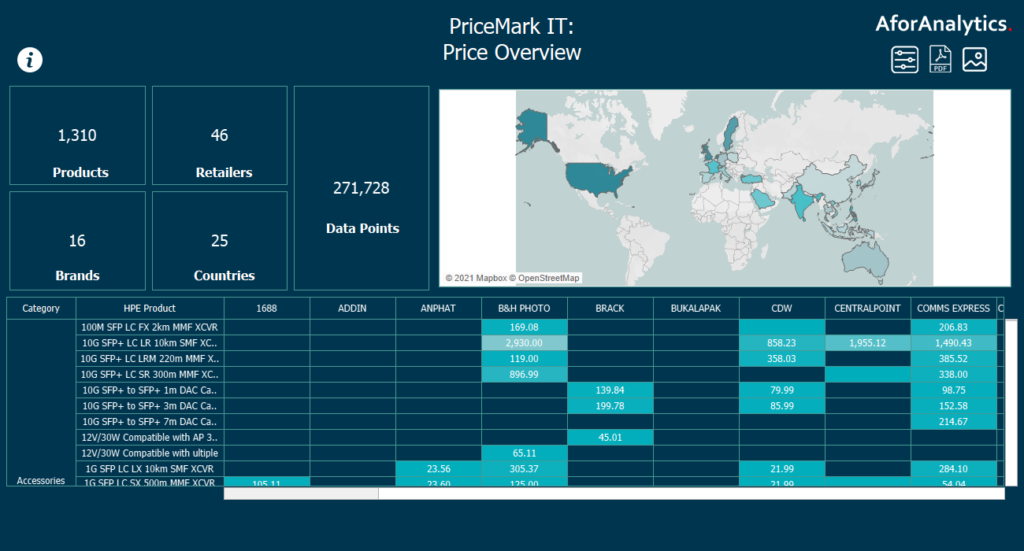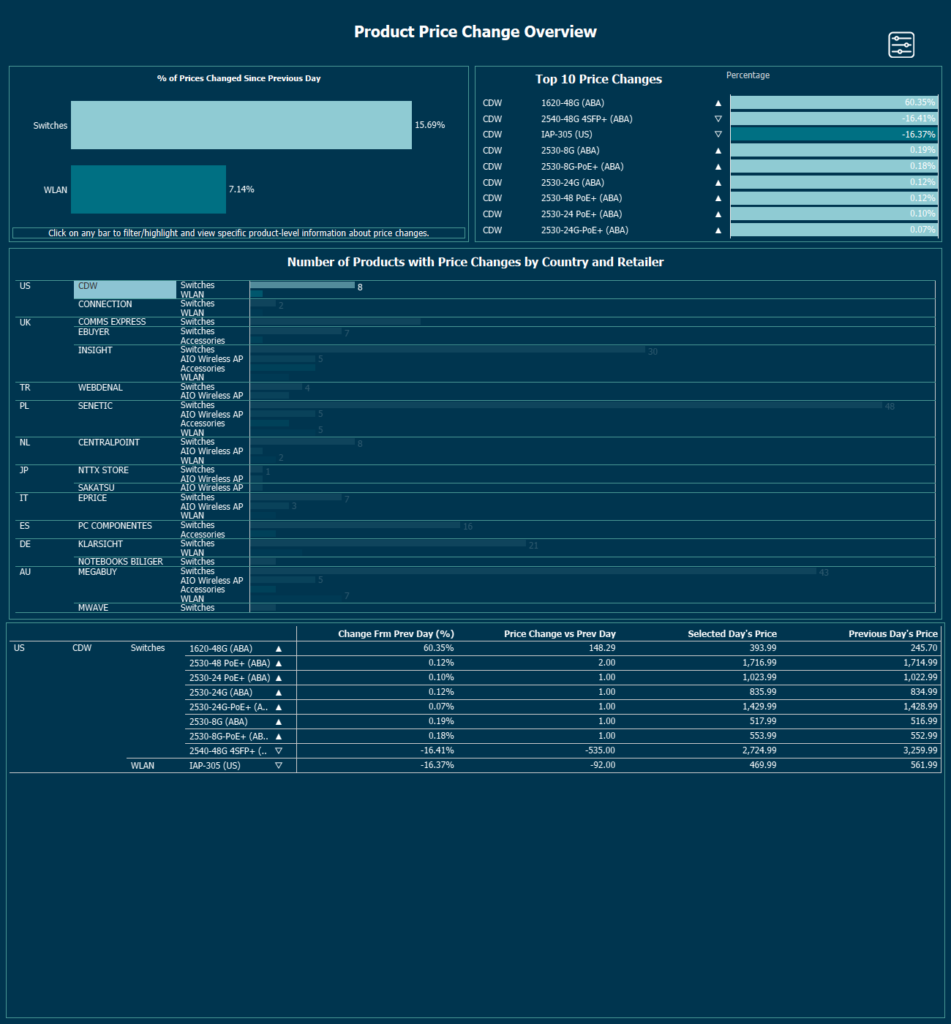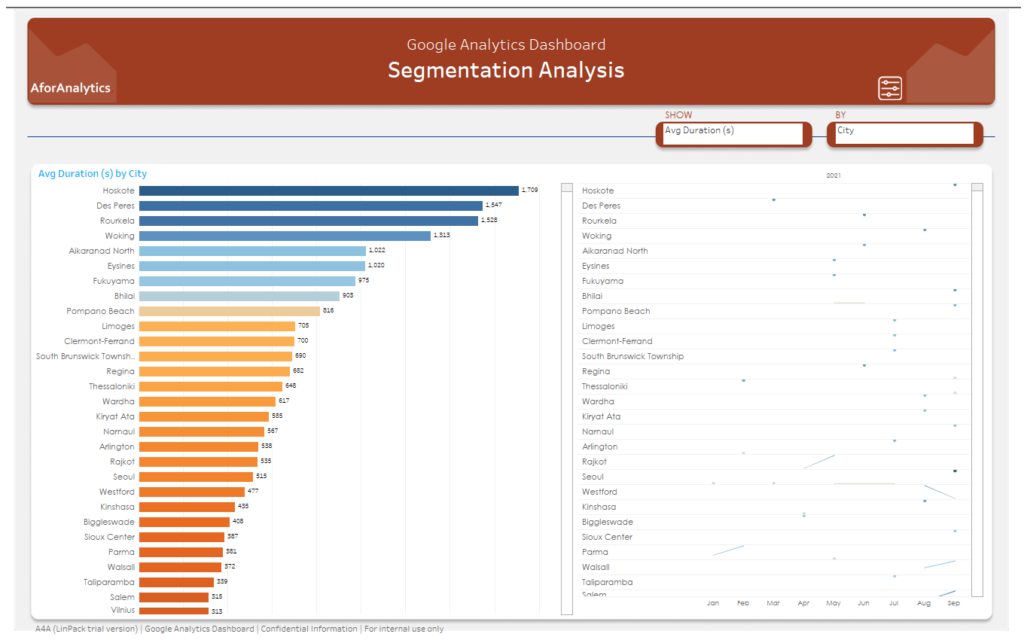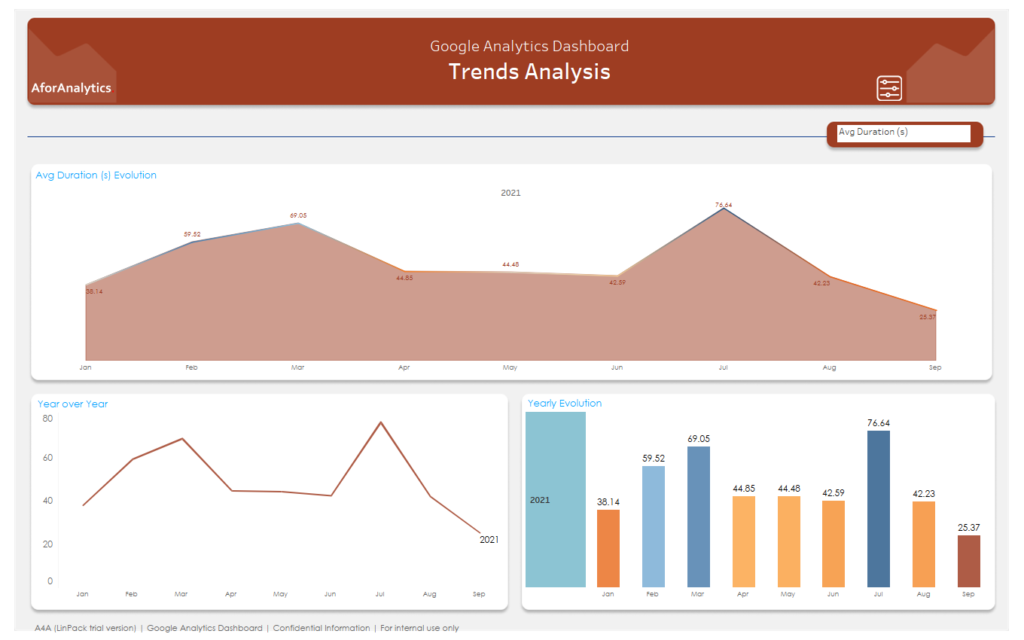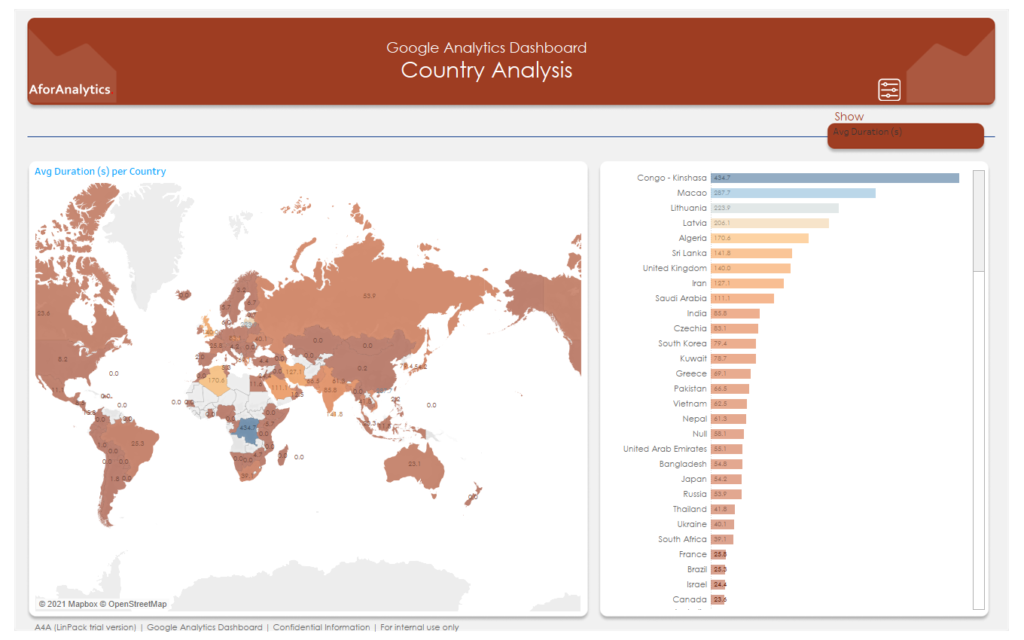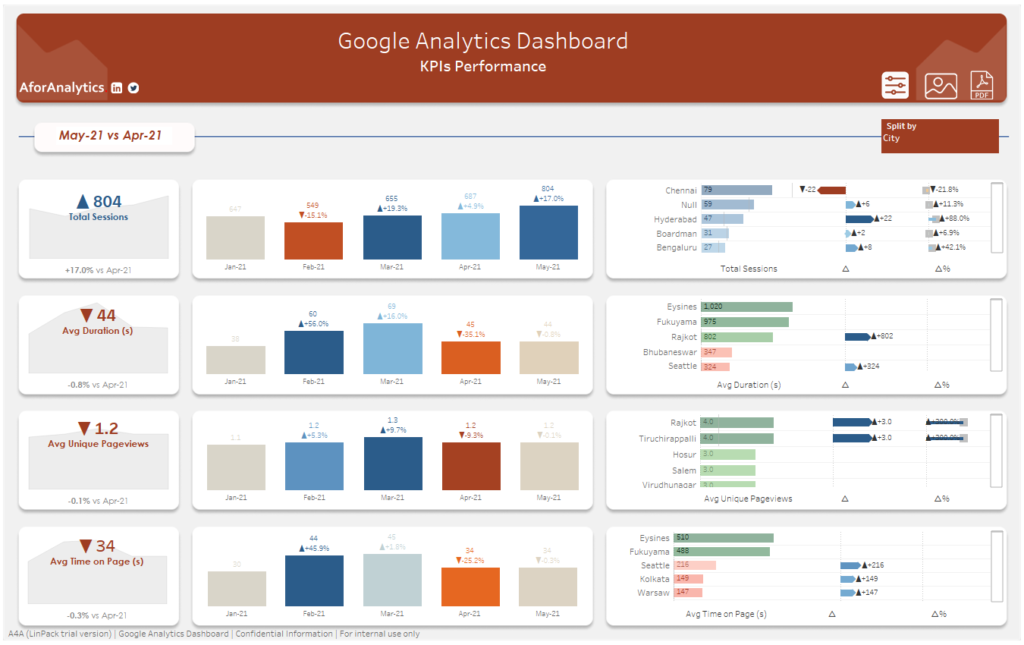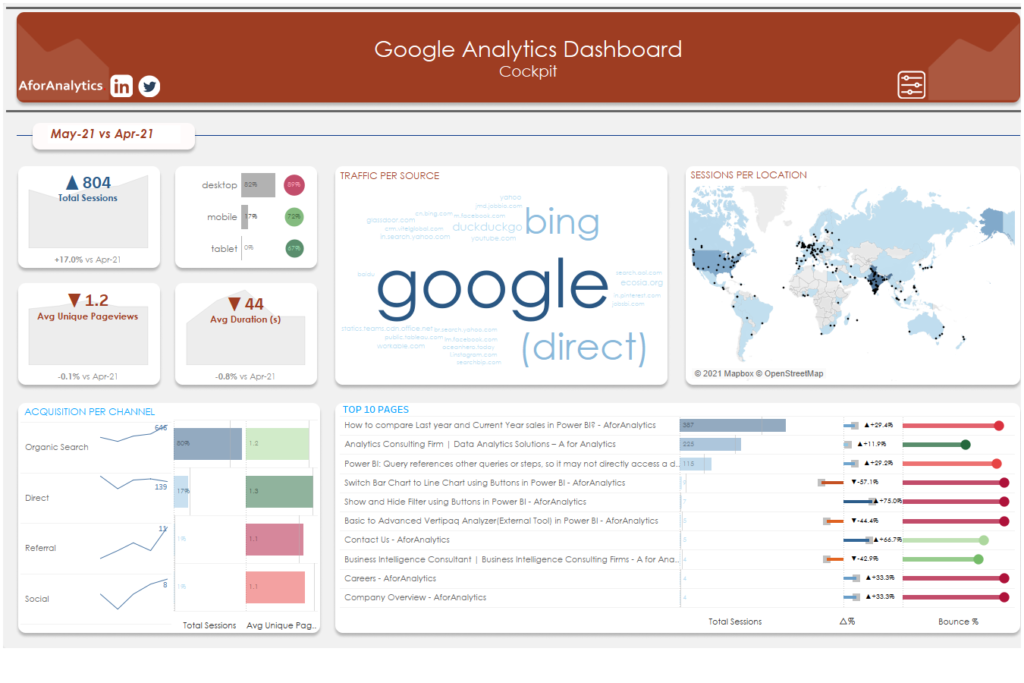
Introduction to Data Analyst:
Are you preparing for a data analyst interview in 2023? As the demand for data analysts continues to grow, it’s important to be well-prepared with the right knowledge and interview skills to stand out from the competition. To help you succeed in your upcoming data analyst interview, we have put together a list of the top 50 data analyst interview questions and answers. Let’s get started!
The Key Role of a Data Analyst:
A data analyst serves as the bridge between raw data and actionable insights. They possess a unique skill set that combines statistical knowledge, programming proficiency, and critical thinking abilities. Here are the key responsibilities of a data analyst:
- Data Collection and Preparation: Data analysts are adept at gathering relevant data from various sources and ensuring its accuracy and completeness. They organize and preprocess the data, transforming it into a format suitable for analysis.
- Data Analysis and Interpretation: Using statistical techniques, data analysts analyze the data to uncover patterns, relationships, and trends. They employ various analytical tools and programming languages such as Python or R to extract meaningful insights from complex datasets.
- Data Visualization and Reporting: Data analysts are skilled in presenting data in a visually appealing and understandable manner. They create interactive dashboards, charts, and graphs to communicate insights effectively to stakeholders, enabling them to make informed decisions.
- Business Insights and Recommendations: By translating data into actionable insights, data analysts provide valuable recommendations to support business strategies. They identify areas for improvement, optimize processes, and assist in making data-driven decisions that drive growth and efficiency.
- Continuous Monitoring and Improvement: Data analysts play a crucial role in monitoring key performance indicators (KPIs) and tracking data trends over time. They identify anomalies, measure performance, and suggest enhancements to ensure ongoing data quality and accuracy.
The Impact of Data Analysts:
Data analysts are instrumental in shaping the success of organizations across various industries. Their contributions have far-reaching effects, such as:
- Enhanced Decision-Making: By leveraging data-driven insights, organizations can make informed decisions that align with their objectives, leading to better outcomes and competitive advantages.
- Improved Efficiency: Data analysts identify inefficiencies and bottlenecks in processes, enabling organizations to streamline operations, reduce costs, and optimize resource allocation.
- Targeted Marketing and Personalization: Through data analysis, data analysts uncover customer preferences, behavior patterns, and segmentation opportunities. This knowledge empowers organizations to deliver targeted marketing campaigns and personalized experiences, resulting in increased customer satisfaction and loyalty.
- Risk Mitigation: Data analysts contribute to risk management by identifying potential risks, detecting anomalies, and developing predictive models that aid in risk assessment and mitigation.
Basic Data Analytics Questions:
1. What is data analytics?
Data analytics refers to the process of examining and interpreting data sets to uncover patterns, extract insights, and make informed decisions. It involves the use of various statistical and computational techniques to analyze data, derive meaningful conclusions, and support data-driven decision-making in various domains and industries.
2. Why is data analytics important?
Data analytics is important because it empowers businesses to make informed decisions, identify patterns, detect trends, and gain a competitive edge in the market. By analyzing data, organizations can uncover valuable insights that can drive strategic planning, optimize operations, enhance customer experiences, and improve overall performance.
3. What are the different types of data analytics?
The main types of data analytics are:
- Descriptive Analytics: Summarizes historical data to provide insights into what has happened.
- Diagnostic Analytics: Identifies reasons for past outcomes or events.
- Predictive Analytics: Forecasts future outcomes or trends based on historical data and statistical models.
- Prescriptive Analytics: Provides recommendations for optimal decision-making by utilizing advanced techniques and simulations.
4. What are the steps involved in the data analytics process?
The data analytics process typically involves the following steps:
- Defining Objectives: Clearly define the goals and objectives of the analysis.
- Data Collection: Gather relevant data from various sources.
- Data Cleaning and Preprocessing: Remove inconsistencies, handle missing values, and transform data into a suitable format.
- Exploratory Data Analysis: Explore and visualize the data to gain initial insights and identify patterns.
- Modeling and Analysis: Apply statistical and computational techniques to analyze the data and develop models.
- Interpretation: Interpret the results obtained from the analysis.
- Communication of Results: Present the findings and insights to stakeholders in a clear and understandable manner.
5. What are some common data analysis techniques?
Common data analysis techniques include:
Regression Analysis: Examines the relationship between variables and predicts future values.
- Clustering: Groups similar data points together based on similarity measures.
- Classification: Categorizes data into predefined classes or categories.
- Time Series Analysis: Analyzes data points collected over time to identify patterns or trends.
- Data Visualization: Presents data visually through charts, graphs, and dashboards.
- Association Rule Mining: Identifies patterns and relationships between variables in large datasets.
6. What programming languages are commonly used in data analytics?
Python and R are popular programming languages for data analytics. They offer extensive libraries and tools specifically designed for data manipulation, analysis, and visualization. Both languages provide a wide range of statistical and machine learning packages that facilitate data analytics tasks.
7. What is the role of data visualization in data analytics?
Data visualization plays a crucial role in data analytics as it allows analysts to present complex data in a visually appealing and understandable manner. It helps in identifying patterns, trends, and outliers, making it easier to derive insights from the data. Effective data visualization enables better communication of findings to stakeholders, facilitating data-driven decision-making.
8. What is the difference between data mining and data analytics?
Data mining and data analytics are closely related but have distinct differences. Data mining involves the discovery of patterns and relationships in large datasets, often using machine learning algorithms. It focuses on extracting knowledge and insights from data. On the other hand, data analytics encompasses a broader range of activities, including data mining, statistical analysis, interpretation of results, and decision-making based on those insights.
9. What are some challenges faced in data analytics?
Some challenges in data analytics include:
- Data Quality Issues: Ensuring data accuracy, completeness, and consistency.
- Data Privacy Concerns: Adhering to ethical and legal guidelines when handling sensitive data.
- Data Integration: Consolidating data from multiple sources and formats.
- Scalability: Analyzing large and complex datasets efficiently.
- Skill Gap: Acquiring the necessary expertise in data analytics techniques and tools.
- Interpretation Bias: Avoiding subjective interpretations and biases when analyzing data.
10. What is the role of machine learning in data analytics?
Machine learning plays a vital role in data analytics by providing algorithms and techniques that enable systems to learn from data and make predictions or take actions without being explicitly programmed. It helps in automating data analysis, identifying patterns, and making accurate predictions or classifications. Machine learning algorithms are used in various stages of the data analytics process, including data preprocessing, modeling, and interpretation of results.
Intermediate Data Analytics Questions:
11. How does data analytics contribute to business intelligence?
Data analytics provides the necessary insights and information for business intelligence by analyzing data, identifying patterns, and generating actionable insights. It helps organizations make data-driven decisions, improve operational efficiency, understand customer behavior, and identify market trends.
12. What skills are essential for a data analyst?
Essential skills for a data analyst include a strong understanding of statistics, proficiency in programming languages such as Python or R, data manipulation and analysis skills, data visualization expertise, critical thinking, problem-solving abilities, and effective communication skills.
13. What is the difference between supervised and unsupervised learning?
Supervised learning involves training a model using labeled data, where the target variable is known, and the model learns to predict the target variable based on input features. Unsupervised learning, on the other hand, deals with unlabeled data, and the model aims to discover patterns, structures, or relationships within the data without specific target variables.
14. What is the role of data analytics in marketing?
Data analytics plays a crucial role in marketing by providing insights into consumer behavior, preferences, and purchasing patterns. It helps marketers understand the effectiveness of marketing campaigns, target specific customer segments, optimize pricing strategies, personalize marketing messages, and measure the return on investment (ROI) of marketing efforts.
15. How is data analytics applied in healthcare?
Data analytics is applied in healthcare to improve patient outcomes, optimize resource allocation, and enhance decision-making. It can be used to identify disease patterns, predict patient readmissions, improve operational efficiency, analyze clinical trials, detect fraud or abuse, and support evidence-based medicine.
16. What is the impact of data analytics in finance?
Data analytics has a significant impact on finance by providing insights for risk assessment, fraud detection, investment analysis, and financial planning. It enables financial institutions to make data-driven decisions, optimize investment portfolios, identify market trends, and enhance regulatory compliance.
17. What is sentiment analysis in data analytics?
Sentiment analysis, also known as opinion mining, is a technique used in data analytics to analyze text data and determine the sentiment expressed in the text, such as positive, negative, or neutral. It is often used to understand customer feedback, social media sentiment, and public opinion towards products, services, or brands.
18. What is the role of data analytics in supply chain management?
Data analytics plays a crucial role in supply chain management by optimizing inventory levels, improving demand forecasting accuracy, identifying bottlenecks in the supply chain, and enhancing overall operational efficiency. It enables organizations to make informed decisions, reduce costs, improve customer satisfaction, and ensure timely delivery of products or services.
19. What are some ethical considerations in data analytics?
Ethical considerations in data analytics include ensuring data privacy and security, obtaining proper consent for data collection and usage, avoiding bias in data analysis and decision-making, ensuring transparency and accountability in data practices, and complying with relevant regulations and industry standards.
20. How is data analytics used in risk management?
Data analytics is used in risk management to identify, assess, and mitigate risks in various domains. It helps organizations analyze historical data, identify risk factors, develop risk models, predict future risks, and optimize risk management strategies. It is particularly valuable in areas such as credit risk assessment, fraud detection, and cybersecurity.
Advanced Data Analytics Questions:
21. What is the concept of data governance in data analytics?
Data governance refers to the overall management, availability, integrity, and security of data assets within an organization. It includes establishing policies, processes, and controls to ensure data quality, compliance with regulations, and proper data usage throughout the organization.
22. How does data analytics contribute to operations management?
Data analytics enhances operations management by analyzing large datasets to identify inefficiencies, optimize processes, improve resource allocation, and enable data-driven decision-making for operational improvements.
23. What is the role of data analytics in human resources?
Data analytics in human resources helps organizations make informed decisions in talent acquisition, analyze employee performance, plan workforce needs, predict attrition rates, and implement effective HR strategies based on data-driven insights.
24. What is the future of data analytics?
The future of data analytics is promising, with advancements in artificial intelligence (AI), machine learning, natural language processing (NLP), and automation. These technologies will enable more sophisticated analysis, faster processing of large datasets, and the ability to derive deeper insights from complex data sources.
25. What are some popular data analytics tools?
Popular data analytics tools include Tableau, Power BI, Excel, SAS, SPSS, Apache Hadoop, Apache Spark, and TensorFlow. These tools offer a wide range of functionalities for data manipulation, analysis, visualization, and machine learning.
26. What is the difference between structured and unstructured data in data analytics?
Structured data refers to data that is organized and formatted in a predefined manner, such as data stored in databases or spreadsheets. Unstructured data, on the other hand, refers to data that does not have a predefined structure, such as text documents, social media posts, or multimedia files. Analyzing unstructured data requires specialized techniques like natural language processing (NLP) and text mining.
27. What are some popular data visualization tools used in data analytics?
In addition to Tableau and Power BI, other popular data visualization tools include QlikView, D3.js, ggplot2 (in R), Matplotlib (in Python), and Microsoft Excel. These tools enable analysts to create visually appealing and interactive visualizations to communicate data insights effectively.
28. What is the role of data analytics in customer relationship management (CRM)?
Data analytics plays a crucial role in CRM by analyzing customer data to understand preferences, behaviors, and needs. It helps segment customers, personalize marketing strategies, improve customer satisfaction, and optimize customer acquisition and retention efforts.
29. What are some key statistical concepts used in data analytics?
Key statistical concepts used in data analytics include measures of central tendency (mean, median, mode), measures of dispersion (variance, standard deviation), hypothesis testing, regression analysis, and sampling techniques. These concepts allow analysts to summarize and interpret data, make inferences, and identify relationships between variables.
30. How is data analytics applied in the field of cybersecurity?
Data analytics is used in cybersecurity to detect and prevent cyber threats by analyzing network traffic, identifying patterns of malicious activities, conducting anomaly detection, and enhancing overall system security. It helps organizations stay vigilant and respond effectively to potential cybersecurity incidents.
31. What is the role of data analytics in the transportation industry?
Data analytics in the transportation industry helps optimize route planning, track vehicle performance, manage logistics and supply chain, and improve safety and efficiency in transportation operations. It enables organizations to make data-driven decisions for better resource utilization and cost reduction.
32. How does data analytics contribute to product development and innovation?
Data analytics contributes to product development and innovation by providing insights into customer needs, market trends, and product performance. It helps organizations identify opportunities for new product development, evaluate the success of existing products, and optimize product features based on data-driven feedback.
33. What is the concept of data wrangling in data analytics?
Data wrangling, also known as data preparation or data munging, refers to the process of cleaning, transforming, and organizing raw data into a suitable format for analysis. It involves tasks such as data cleaning, data integration, handling missing values, and transforming data into a consistent structure.
34. What are the ethical considerations when using data analytics for decision-making?
Ethical considerations in data analytics include ensuring data privacy and security, obtaining informed consent for data usage, avoiding bias in data collection and analysis, ensuring transparency in data practices, and complying with relevant regulations and guidelines.
35. How is data analytics applied in the field of sports?
Data analytics in sports, often known as sports analytics or sports statistics, involves analyzing player performance data, game statistics, and other relevant data to gain insights and make data-driven decisions. It is used for player scouting, game strategy optimization, injury prevention, fan engagement, and talent evaluation.
36. What is the role of data analytics in environmental sustainability?
Data analytics contributes to environmental sustainability by analyzing large environmental datasets, monitoring resource consumption patterns, identifying areas for energy efficiency improvements, predicting environmental impacts, and supporting evidence-based policymaking for sustainable development.
37. What are some key performance indicators (KPIs) used in data analytics?
Key performance indicators used in data analytics vary depending on the industry and business goals. Common KPIs include customer acquisition cost (CAC), customer lifetime value (CLV), churn rate, conversion rate, return on investment (ROI), average order value (AOV), and customer satisfaction metrics.
38. How does data analytics support decision-making in government organizations?
Data analytics supports decision-making in government organizations by analyzing vast amounts of data related to public services, citizen satisfaction, policy outcomes, budget allocations, and fraud detection. It helps governments make data-driven decisions, improve service delivery, and enhance governance effectiveness.
39. What are the challenges of implementing a data analytics strategy in an organization?
Challenges of implementing a data analytics strategy include data quality issues, data silos, lack of data literacy within the organization, data governance challenges, resource constraints, technology limitations, and ensuring the alignment of analytics initiatives with organizational goals.
40. What is the concept of real-time data analytics?
Real-time data analytics involves analyzing data as it is generated, enabling immediate insights and decision-making. It is used in applications such as fraud detection, network monitoring, stock trading, and online customer behavior analysis, where timely actions based on up-to-date information are critical.
41. How does data analytics contribute to supply chain optimization?
Data analytics contributes to supply chain optimization by analyzing data related to inventory levels, demand forecasting, supplier performance, transportation costs, and production efficiency. It helps organizations streamline supply chain operations, reduce costs, improve delivery times, and enhance overall supply chain performance.
42. What is the role of data analytics in fraud detection and prevention?
Data analytics plays a vital role in fraud detection and prevention by analyzing patterns, anomalies, and outliers in data to identify potential fraudulent activities. It helps organizations proactively detect fraud, minimize losses, and implement preventive measures to mitigate fraudulent behavior.
43. How is data analytics used in social media analysis?
Data analytics is used in social media analysis to analyze large volumes of social media data, extract insights about user sentiment, brand perception, and customer behavior, identify influential users, and optimize social media marketing strategies. It helps organizations understand their audience and make data-driven decisions in social media campaigns.
44. What are some data security measures in data analytics?
Data security measures in data analytics include encryption of sensitive data, secure storage and transmission of data, access control mechanisms, user authentication and authorization, regular data backups, data masking or anonymization techniques, and implementing security best practices to protect data from unauthorized access or breaches.
45. How does data analytics contribute to risk management in businesses?
Data analytics contributes to risk management by analyzing historical data, market trends, and other relevant factors to identify and assess risks. It helps organizations predict and mitigate potential risks, optimize risk-reward trade-offs, and improve risk management strategies for better business outcomes.
46. What is the role of data analytics in customer segmentation?
Data analytics plays a crucial role in customer segmentation by analyzing customer data, including demographic information, purchase history, browsing behavior, and other relevant factors. It helps businesses identify distinct customer segments based on their characteristics and preferences, enabling personalized marketing strategies and targeted product offerings.
47. How does data analytics contribute to quality control and process improvement?
Data analytics contributes to quality control and process improvement by analyzing production data, identifying defects or anomalies, monitoring process performance metrics, and implementing data-driven improvements. It helps organizations optimize production processes, reduce defects, enhance product quality, and increase operational efficiency.
48. What are the different data types used in data analytics?
Common data types used in data analytics include numerical data (continuous or discrete), categorical data (nominal or ordinal), textual data, temporal data (time-series data), and spatial data. Each data type requires specific analysis techniques and methods tailored to its characteristics and objectives.
49. What are the considerations for selecting the right data analytics tools for an organization?
Considerations for selecting data analytics tools include evaluating the functionality and features of the tool, assessing its compatibility with existing data infrastructure and systems, considering scalability and performance requirements, evaluating the ease of use and learning curve, considering cost and licensing models, and ensuring adequate support and training resources.
50. How is data analytics used in the field of e-commerce?
Data analytics is widely used in e-commerce for various purposes, such as customer behavior analysis, personalized recommendations, demand forecasting, inventory management, pricing optimization, fraud detection, and improving the overall online shopping experience. It helps e-commerce businesses make data-driven decisions, enhance customer satisfaction, and drive business growth.
Conclusion:
Preparing for a data analyst interview requires a deep understanding of the field and the ability to confidently answer a wide range of questions. In this blog post, we have covered the top 50 data analyst interview questions and provided detailed answers to help you excel in your upcoming interviews. By familiarizing yourself with these questions and practicing your responses, you will increase your chances of landing your dream data analyst job in 2023. Good luck!

